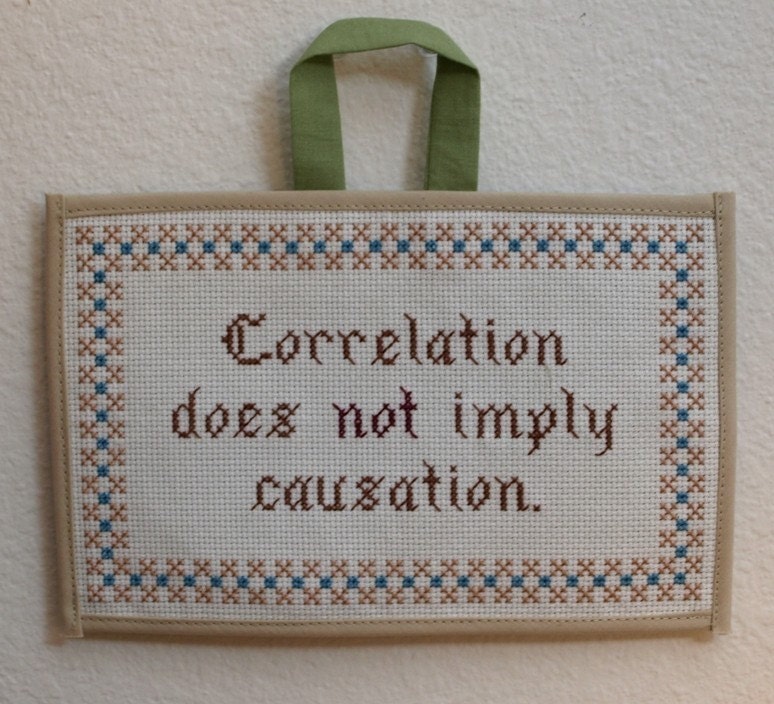 |
| image via: http://loddymicucci.com/faith-transcends-your-limiting-beliefs/ |
Federal Instructional Settings
School Age Students 6 through 21
01 Regular Class - less than 21% in special education classroom/setting
02 Resource or Self-Contained - 21-60% in special education classroom/setting
03 Separate Class - more than 60% in special education classroom/setting
04 Public Separate Day School Facility - more than 50% of day
05 Private Separate Day Facility - more than 50% of day at public expense
06 Public Residential Facility - more than 50% of day
07 Private Residential Facility - more than 50% of day at public expense
08 Hospital or Homebound Placement
Follow the link below for the full complement of settings including for children birth to 5:
http://specialed.spps.org/uploads/federal_instructional_settings.pdf
Federal settings have to do with how much time is spent in the regular education classroom, not the quality of instruction or if that setting is best for your child. You have to look beyond the label of "Federal Instruction Setting" to understand what it means for your child.
 |
| image via: http://www.thecrankymonkey.com/2010_02_01_archive.html |
It was explained to me that SensiGirl needed a special classroom to get her started out right in grade school. Simply put: if she became overwhelmed with the regular education classroom with 20 kids and all the noise and motion going on, she might not make the transition into elementary school without being traumatized. SensiGirl being like she is with a memory like a steel trap, if things went wrong, we might not get another chance to get it right. A separate classroom with only 10 other students and extra teachers as well as easy access to speech and occupational therapy specialists was what was in order for SensiGirl to get a good start in elementary school. She made the transition to her new school with the minimum possible upset for her, and she is now spending time mainstreamed in the regular ed. classroom during writer's workshop.
This is not to say that we got her in a regular education classroom with no hiccups. We were not very successful in our first attempt to introduce a regular ed. classroom to her. Breakfast and morning meeting was not her thing. She didn't like the transitioning within the classroom and didn't like crowding around the teacher with the other kids on the floor. The teacher tried to make it work, even having SensiGirl sit on her lap, but it didn't work. We had to find things she really liked, which were writing and drawing and introduce her to the classroom doing those things.
 |
| From Friends A Primer, (Pennell and Cusack, 1930’s) image via:http://fithfath.com/images/?tag=classroom |
We talked at her IEP last week about how to extend her time in the regular education classroom next year. The transition into elementary school is a tough one for most special needs kids, making the transition as smooth as possible for them is the key, and then once they are used to their environment, you can start to test the possibilities of expanding their time in other settings.
http://specialed.spps.org/uploads/federal_instructional_settings.pdf








































